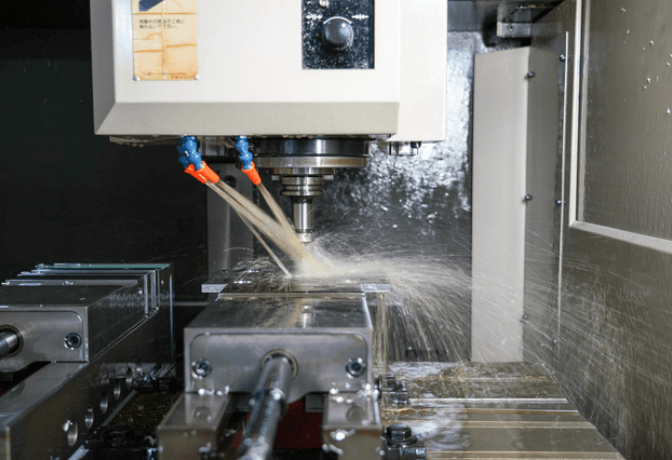
Precision polishing technology of Diamond wafers
Group of Osaka univ, AIST and TDC are now developing precision polishing technology of Single/Poly crystalline diamond wafers under the support of JST.
The article of our research was published in Scientific reports.
Diamond is the hardest known substance and essentially does not react with chemicals.
Polishing it with a similarly hard tool damages the surface and conventional polishing chemistry is slow. The significant feature of our newly developing technology is efficient (high speed) and damage free (low stress and less scratch marks).
Scientific reports:https://www.nature.com/articles/s41598-020-76430-6
Release from Osaka univ:https://resou.osaka-u.ac.jp/en/research/2020/20201110_3
Example of precision polishing of diamonds at TDC
diamond tools
Add if you have a diamond tool
It is a different story from the precision polishing of diamonds, but writing that there is a diamond tool
Diamond tools handled by TDC
Related page
- Antireflection film/Non-reflection film
- Examples of polished items
- Examples of grinding products
- Case of a precision processing for Hayabusa2
- Precision polishing technology of Diamond wafers
- Application:NASA’s balloon project | TDC Corporation
- Application:the BICE P3 telescope for observing CMB | TDC Corporation



